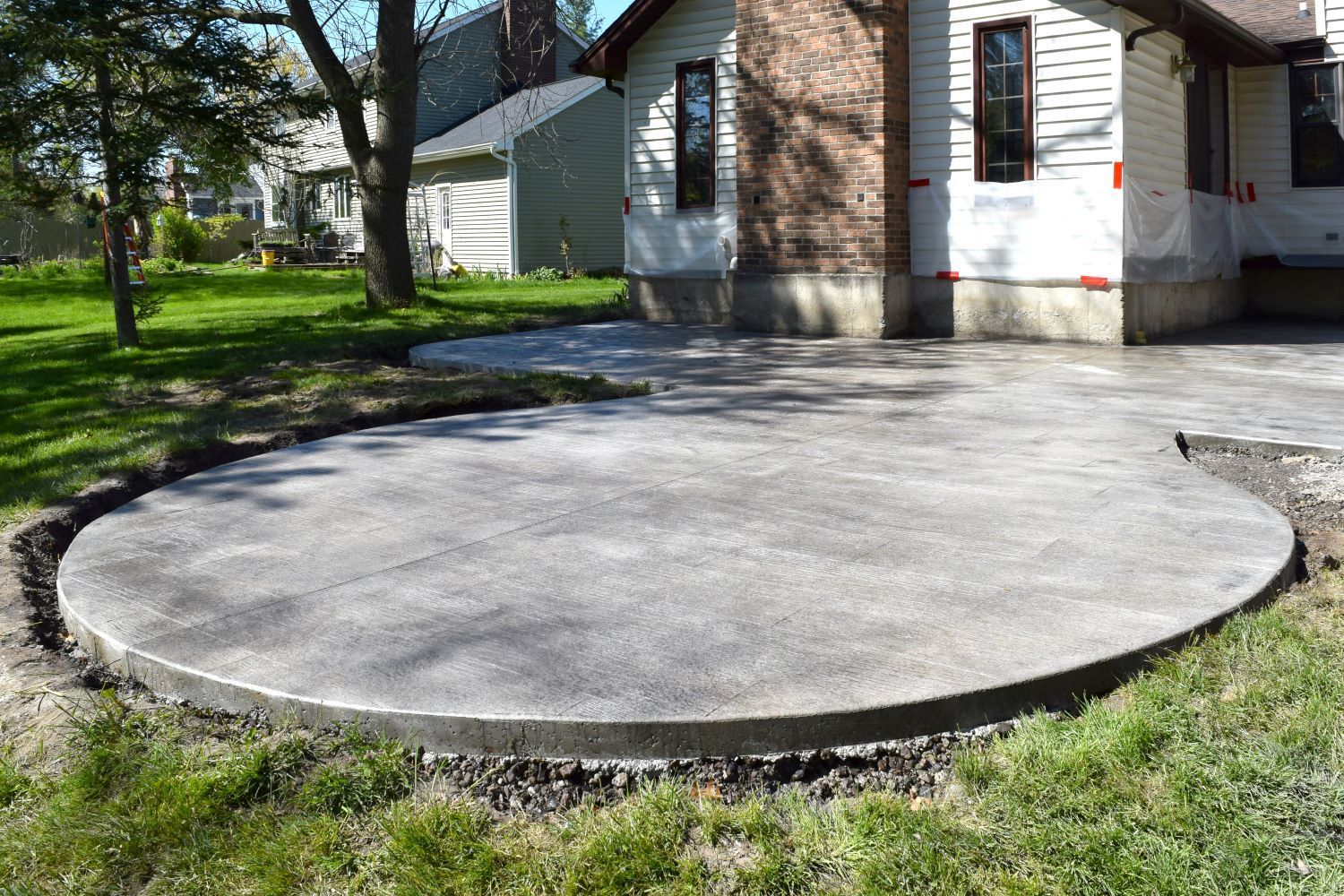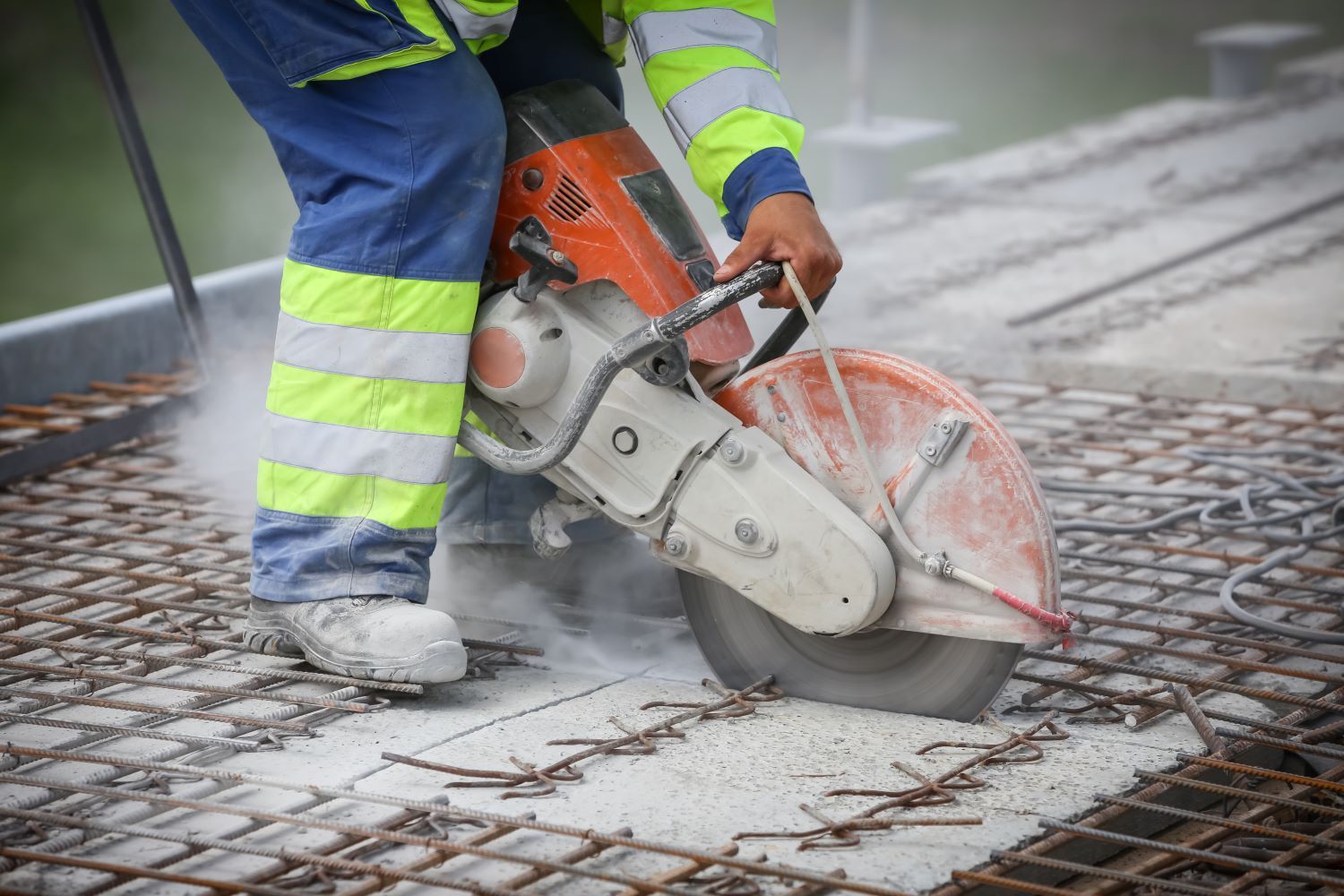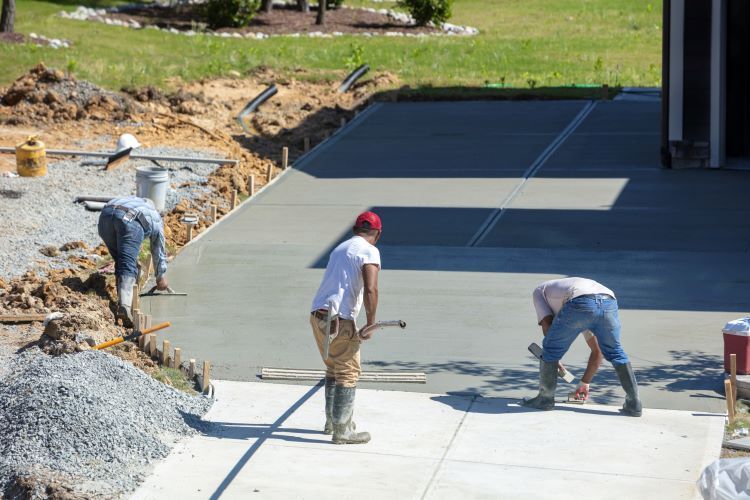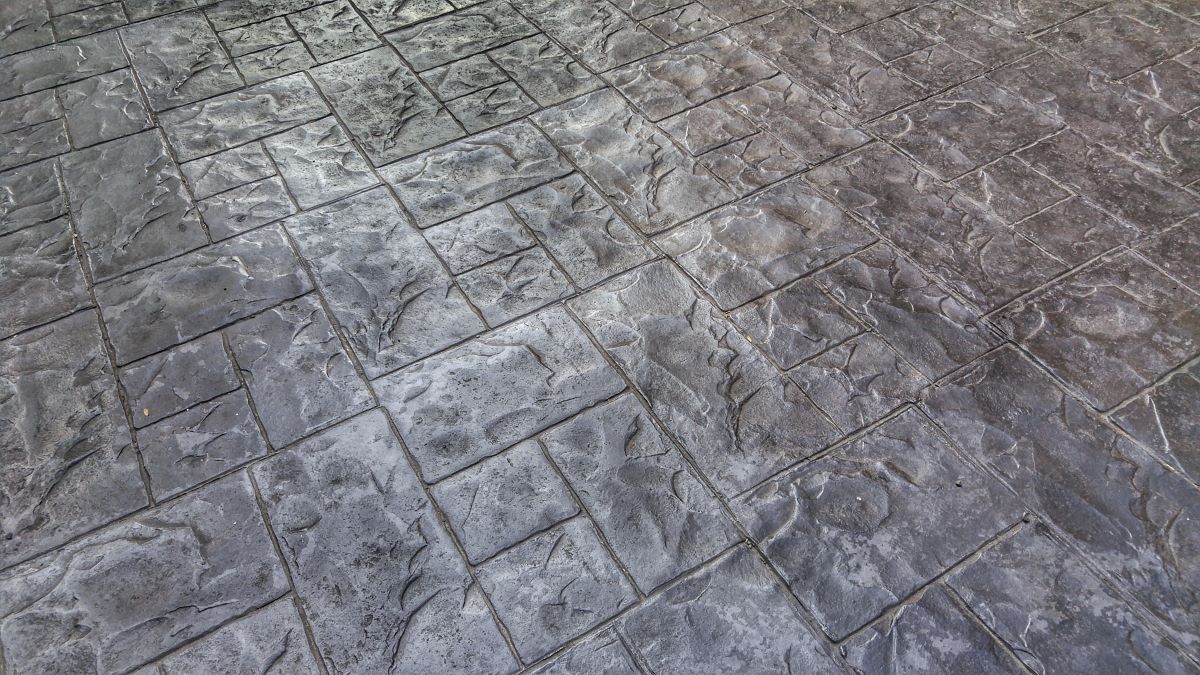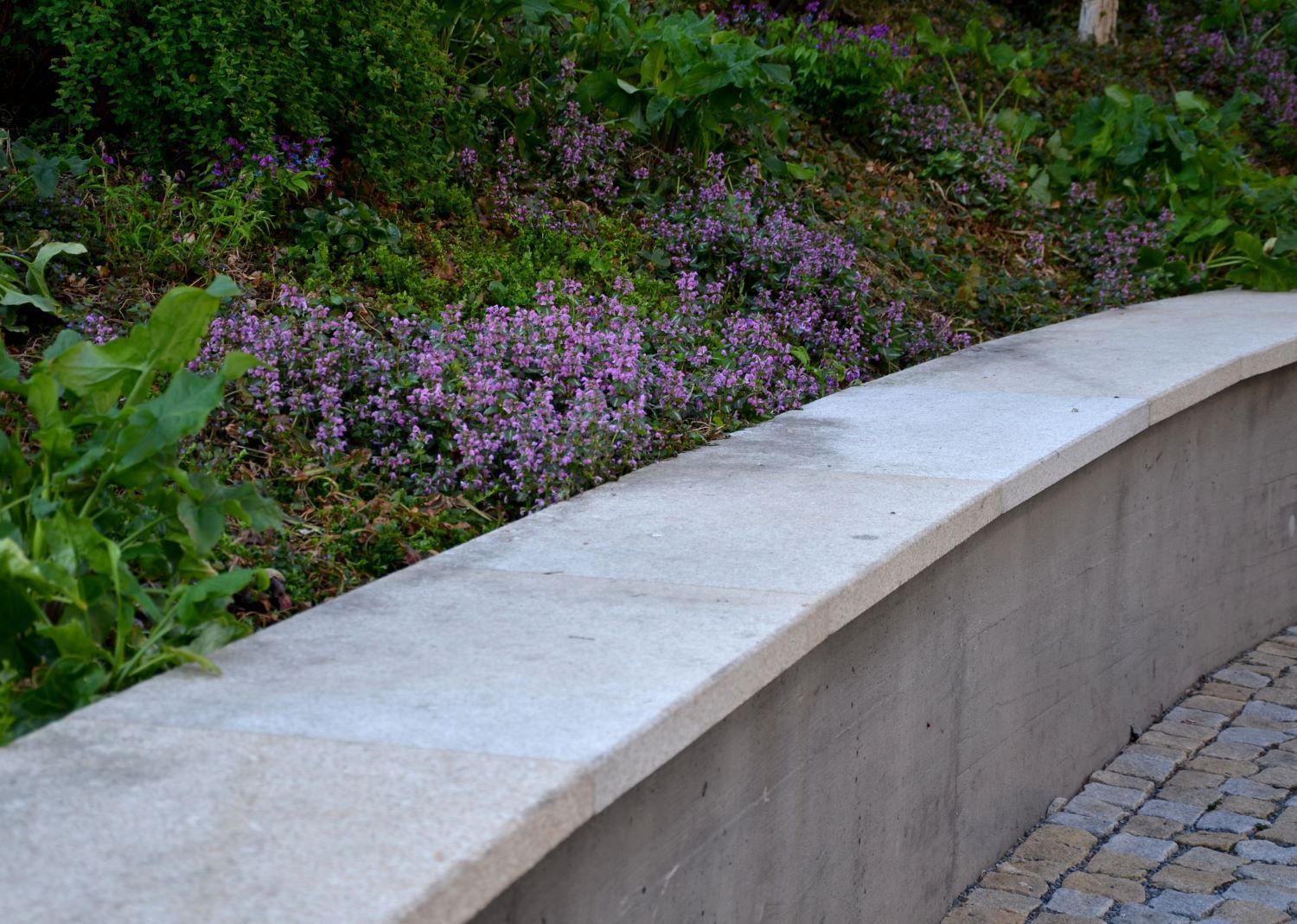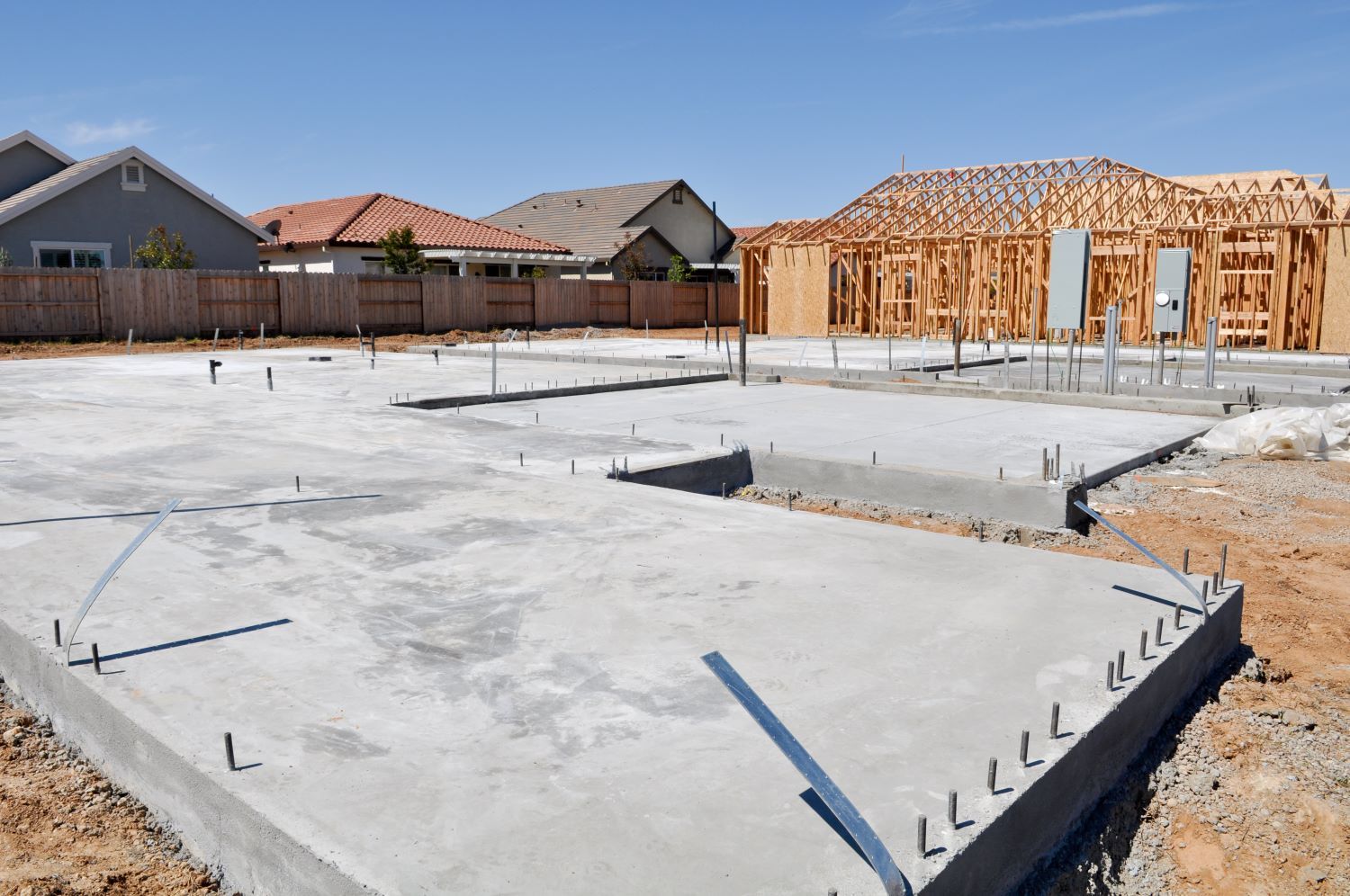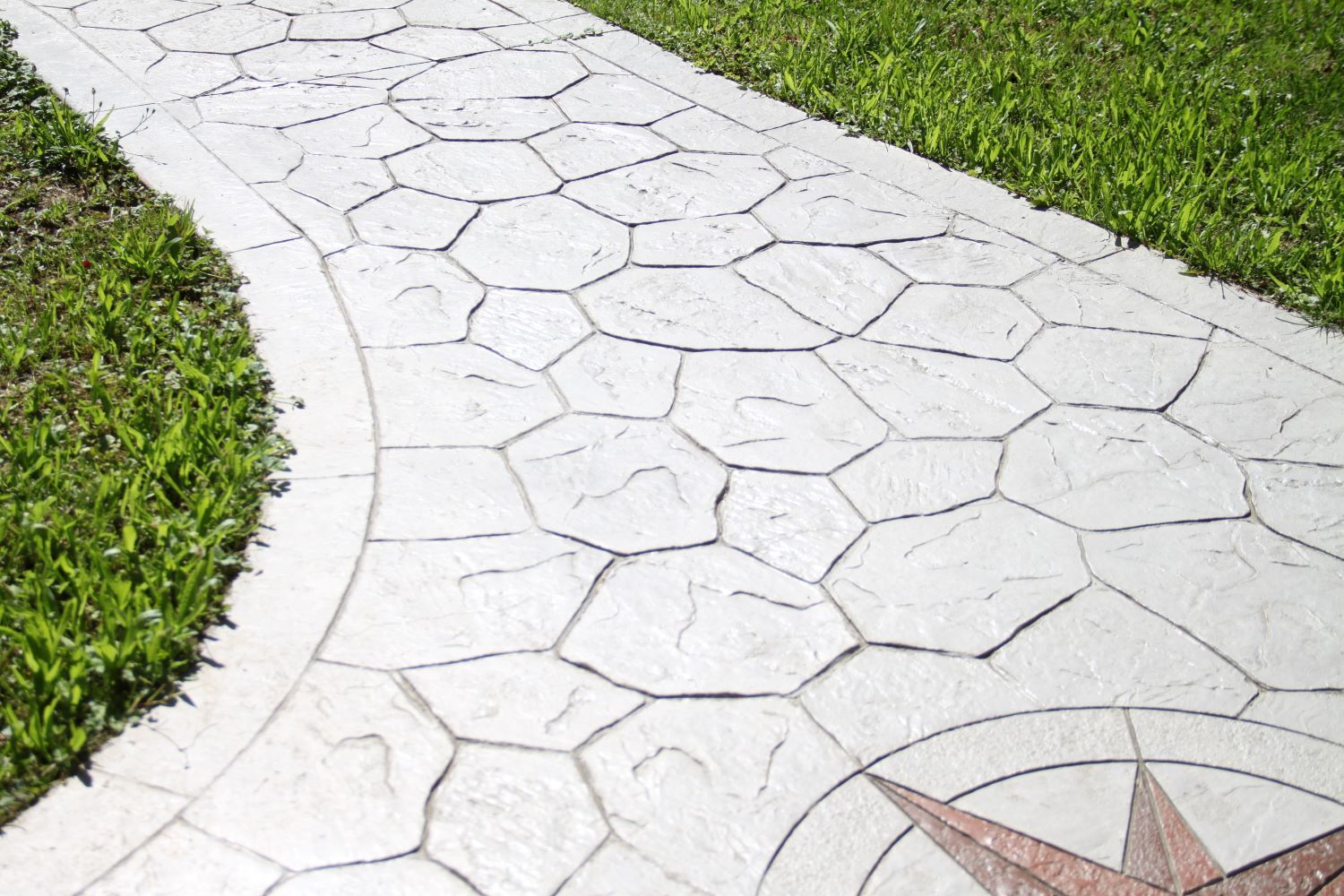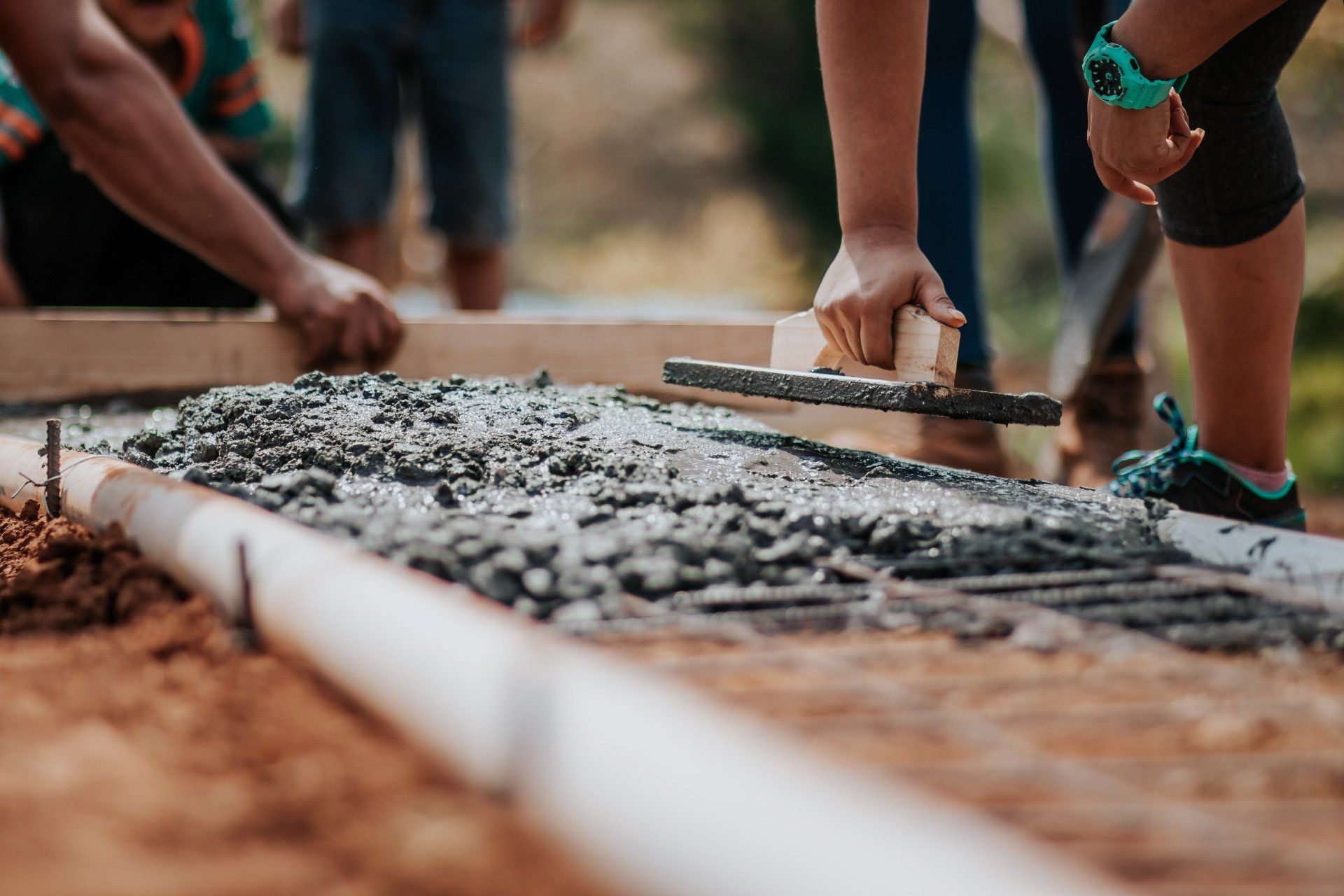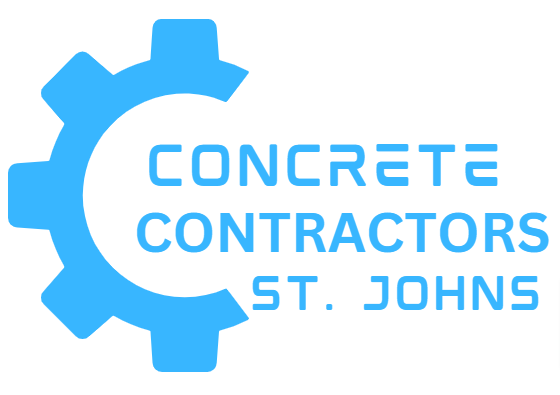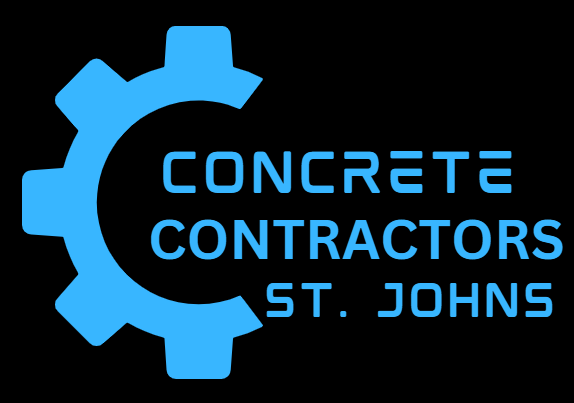The Importance of Proper Concrete Curing and Sealing
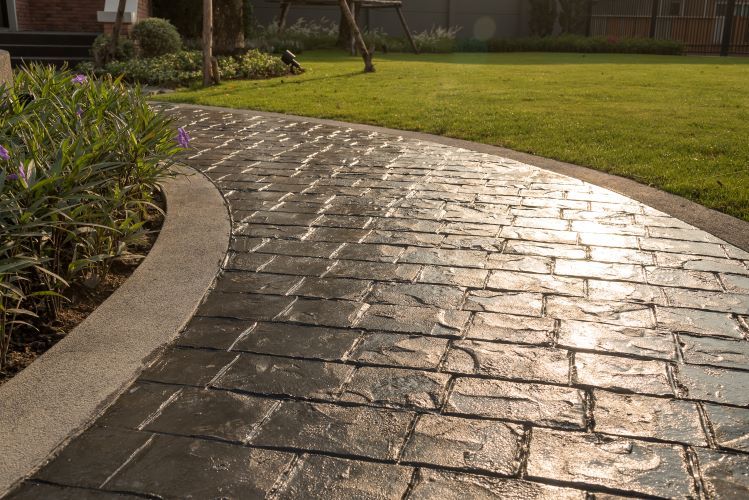
Concrete is a durable and versatile building material widely used in various construction projects. However, to ensure its longevity and strength, proper curing and sealing are essential. At Concrete Contractors St. Johns, we understand the critical role these processes play in the success of your concrete projects. In this article, we’ll explore why proper concrete curing and sealing are vital and how they contribute to the overall performance and durability of concrete structures.
Understanding Concrete Curing
Curing is the process of maintaining adequate moisture, temperature, and time to allow the concrete to achieve its desired properties. Proper curing significantly impacts the strength, durability, and surface quality of the concrete. Here’s why curing is crucial:
1. Enhanced Strength and Durability
Curing allows the concrete to achieve its full strength potential. When concrete is poured, a chemical reaction between cement and water, known as hydration, occurs. This reaction continues over time, and proper curing ensures that the concrete remains moist, facilitating this process. Without adequate moisture, the concrete can become weak and prone to cracking.
2. Reduced Cracking and Shrinkage
Concrete naturally shrinks as it dries, leading to cracks if not properly cured. Maintaining moisture during the curing process helps control the rate of drying, reducing the risk of cracks and surface defects. This is especially important in the harsh climate of St. John's, where temperature fluctuations can exacerbate these issues.
3. Improved Surface Quality
Properly cured concrete has a smoother and more even surface. It minimizes surface dusting, scaling, and other imperfections that can occur if the concrete dries too quickly. This is particularly important for projects such as driveways, sidewalks, and decorative concrete surfaces.
The Role of Sealing in Concrete Maintenance
While curing focuses on the initial stages of concrete setting, sealing is a maintenance step that protects the concrete from external factors. Here’s why sealing is essential:
1. Protection Against Moisture and Chemicals
Concrete is porous, which means it can absorb water and chemicals. Over time, this can lead to damage, including freeze-thaw cycles, chemical erosion, and staining. Sealing creates a protective barrier that prevents moisture and harmful substances from penetrating the concrete, extending its lifespan.
2. Enhanced Appearance
Sealing can enhance the appearance of concrete surfaces by providing a glossy or matte finish. It also helps maintain the color and texture of decorative concrete, keeping it looking fresh and vibrant for years.
3. Easier Maintenance
Sealed concrete is easier to clean and maintain. The protective layer prevents dirt, oil, and other stains from penetrating the surface, making it simpler to keep your concrete looking its best with minimal effort.
Best Practices for Curing and Sealing Concrete
To ensure the best results for your concrete projects, follow these best practices for curing and sealing:
Curing Best Practices:
- Keep the Surface Moist: Use curing compounds, water, or wet coverings to keep the concrete surface moist for at least 7 days.
- Control Temperature: Protect the concrete from extreme temperatures, especially freezing, during the curing period.
- Use Proper Techniques: Employ methods such as water curing, sheet curing, or curing compounds based on the project requirements.
Sealing Best Practices:
- Choose the Right Sealer: Select a sealer suitable for the specific concrete application, whether it’s for outdoor driveways or indoor floors.
- Apply Evenly: Follow the manufacturer’s instructions for applying the sealer evenly across the surface.
- Reapply as Needed: Depending on the type of sealer, reapplication may be necessary every few years to maintain its protective properties.
Conclusion
Proper curing and sealing are fundamental steps in ensuring the longevity, durability, and appearance of concrete structures. At Concrete Contractors St. Johns, we prioritize these processes to deliver high-quality concrete solutions that stand the test of time. Whether you’re working on a residential driveway, commercial floor, or decorative patio, investing in proper curing and sealing will pay off in the long run, providing you with beautiful, resilient, and low-maintenance concrete surfaces.
Contact us today to learn more about our concrete services and how we can help you achieve exceptional results for your next project.
